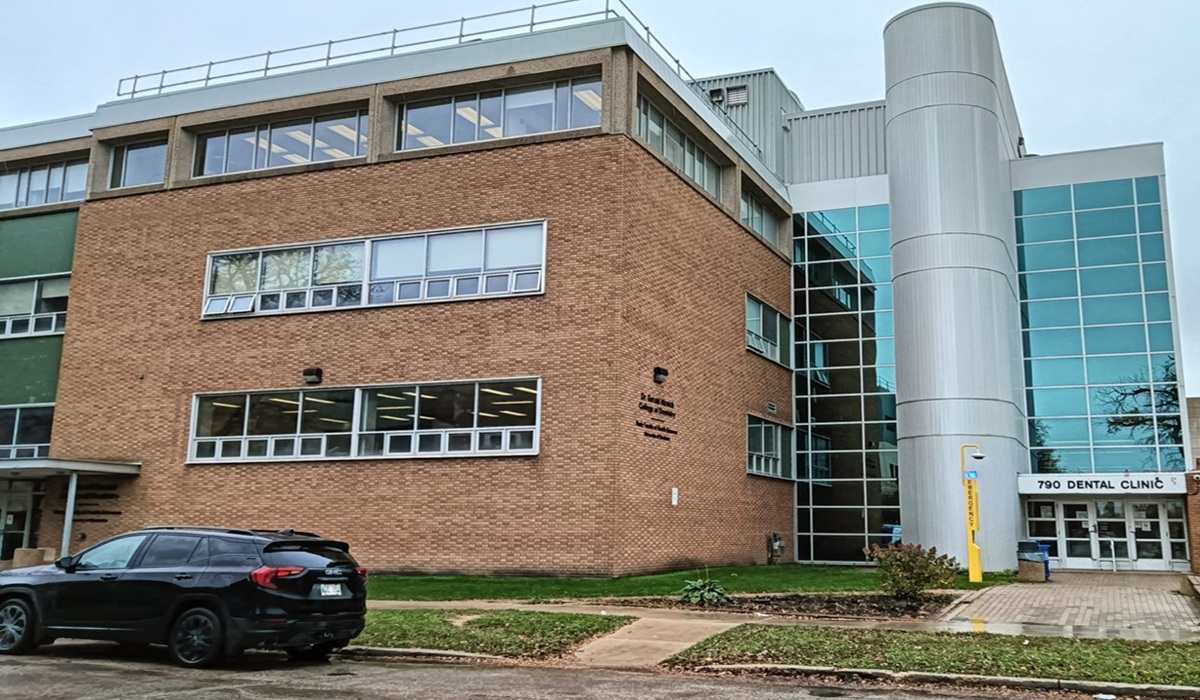Hay River and Yukon Wildfires Push the North to the Brink
- Naomi Dela Cruz
- Trending News
- September 2, 2025

Image Credit: ELG2
This morning the communities of Hay River in the Northwest Territories and towns across Yukon confront another day under siege from fire. What began as a difficult summer has now turned into a defining disaster for Canada’s North, where wildfires continue to roar through forests and brushlands with relentless force. Thousands remain displaced, highways are closed, and emergency crews are stretched thin, fighting to protect homes, infrastructure, and lives in a region already isolated by geography and climate.
Hay River, long considered the hub of the South Slave region, has been battered by fire more than once in recent years, and today the town finds itself again at the centre of evacuation orders and survival planning. Residents who were only beginning to rebuild a sense of normalcy after previous disasters now face another round of upheaval, with many forced to leave behind their homes and possessions. The constant cycle of packing, fleeing, and waiting for updates has eroded not just stability but the confidence that tomorrow will be safer than today.
In Yukon, the fires have advanced with alarming speed, consuming forests that stretch for miles and threatening communities unaccustomed to evacuations on such a scale. The territory has seen fire before, but rarely in such ferocity and with such persistence. Weeks of dry conditions combined with record-breaking heat have created tinderbox conditions, and the flames have leapt rivers, cut off roads, and pushed emergency management systems to their limits. In some areas, the air is thick with smoke so dense that visibility is measured in feet rather than kilometres, grounding planes and choking residents.
The North’s geography magnifies the danger. Towns are separated by long stretches of wilderness, meaning evacuation routes are few and often treacherous. A single closed highway can leave entire populations cut off from the south. Airports, usually lifelines in the best of times, have become critical choke points for evacuations, supply runs, and firefighter deployments. The sheer distance between communities and southern reinforcements means every hour lost in moving crews or equipment can change the trajectory of a fire.
For many Indigenous communities, the fires cut deeper than property damage. The forests and rivers under threat are part of cultural and spiritual identities, carrying traditions and sustenance that reach back generations. Entire traplines and hunting grounds are being reduced to ash, and the animals that sustain local diets are either fleeing or perishing. The trauma of watching ancestral lands burn is compounded by the dislocation of families forced to scatter across hotels and shelters far from home.
The Canadian government and territorial leaders have pledged all possible support, but the scale of the fires demands resources that stretch beyond what local jurisdictions can manage. Military deployments, reinforcements from southern fire agencies, and international firefighting assistance are now common tools in the North’s fight against climate-fueled disasters. Yet even with reinforcements, the challenge remains daunting. Helicopters dropping water and fire retardant can slow the flames, but they cannot erase the underlying reality: a warming climate has made northern forests drier, fires stronger, and the fire season longer.
For the rest of Canada, watching the fires rage in Hay River and Yukon should serve as both a warning and a call to action. These communities are the front line of a crisis that does not stop at territorial borders. Smoke from the North has drifted south for weeks, clouding skies in major cities and reminding millions that the consequences of wildfires are national. The evacuation of Hay River is not an isolated northern story but part of a larger Canadian reckoning with the reality of extreme weather.
The economic costs will be heavy. Infrastructure damage in northern towns is expensive to repair, and the limited construction seasons mean rebuilding will take longer than in southern provinces. Disruptions to supply chains, energy grids, and local industries like fishing and tourism will echo through the territories for months. Insurance payouts, federal disaster assistance, and private fundraising campaigns will provide relief, but for many families, the financial strain will linger long after the fires are out.
The human cost is harder to measure. Children displaced from their schools, elders separated from their communities, and workers unable to return to jobs all bear scars that statistics cannot capture. Anxiety over whether homes will still be standing when evacuees are allowed to return eats away at stability. The constant exposure to smoke has health impacts, particularly for the elderly and those with respiratory conditions. For those who have already endured evacuation after evacuation, resilience is wearing thin.
In Hay River, where fire crews battle flames on multiple fronts, there is a determination to hold the line. Residents who stayed behind work alongside professionals, setting up firebreaks, protecting key buildings, and doing whatever is necessary to keep the town from being consumed. In Yukon, volunteers are coordinating supply runs, offering shelter, and keeping spirits alive in communities where uncertainty has become the daily reality. Across the North, acts of solidarity shine through the smoke, reminding all that community strength often becomes most visible in times of trial.
The question now is not just when the fires will end, but what will follow. Recovery in the North is never straightforward. Winter comes early, halting reconstruction efforts and forcing many communities to live with the scars of disaster until spring. The lessons of this summer will need to be absorbed quickly: better evacuation planning, stronger investment in firefighting resources, and long-term strategies to adapt to a climate where wildfires are no longer rare but expected.
The fires in Hay River and Yukon are today’s crisis, but they are also tomorrow’s warning. As the North burns, the rest of Canada sees its future flicker in the flames. The resilience of these communities will carry them through, but resilience alone cannot solve what climate change has unleashed. Action on a scale equal to the threat is what the world will need to expect, because without it, this summer’s disaster will only be a preview of the decades to come.








